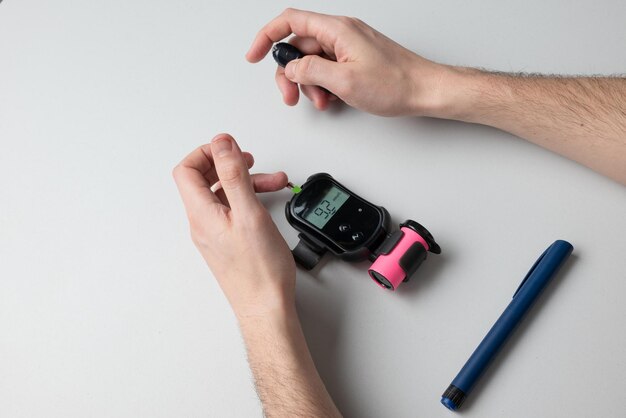How Does Diabetes Impact Your Vision?
Diabetes is a chronic condition impacting millions worldwide, but its effects go beyond managing blood sugar. One often-overlooked consequence of diabetes is its potential impact on vision. If you or someone you know is managing diabetes, it’s crucial to understand how it can affect the eyes and what preventative measures can be taken.
The Connection Between Diabetes and Eye Health
Diabetes can significantly affect eye health, primarily through a condition known as diabetic retinopathy. This condition occurs when high blood sugar levels damage the blood vessels in the retina, the light-sensitive tissue at the back of the eye. The damage can lead to blood vessel leakage or growth of abnormal blood vessels, both of which impair vision.
Patients experiencing diabetic retinopathy may notice symptoms such as blurred vision, floaters, dark areas of vision, or even total vision loss if left untreated. Moreover, diabetes increases the risk of other eye complications, including cataracts and glaucoma.
How Can You Protect Your Eyes?
Protecting your eyes begins with effective blood sugar management. Keeping blood glucose levels within the target range not only delays or prevents diabetic retinopathy but also protects other organs. Regular eye checkups are essential, as they allow for early detection of changes that can be managed before leading to significant vision impairment.
Adopting a healthy lifestyle, including a balanced diet and regular exercise, contributes to overall health and aids in better blood sugar control. Additionally, abstaining from smoking and limiting alcohol intake can help reduce the risk of diabetes-related eye issues.
Exploring Financial and Educational Support
The cost of diabetes management and eye care can be overwhelming, but there are programs and resources available to help alleviate the financial burden. Learning about and accessing these support systems is crucial for effective disease management without undue financial stress.
Financial Assistance and Educational Opportunities
Here’s a concise list of resources and opportunities that may be available for individuals living with diabetes:
Government Health Programs: 🏥 Medicaid and Medicare often cover diabetes supplies and some treatments for diabetic retinopathy. Eligibility and benefits vary, so it's important to check specifics for your state.
Nonprofit Organizations: 💙 Organizations such as the American Diabetes Association provide resources and sometimes financial assistance for diabetes-related healthcare.
State Disability Resources: Some states offer disability benefits for those with significant vision loss due to diabetes.
Educational Grants: Books, supplies, or software for educational purposes may be provided through scholarships and grants tailored for individuals with disabilities or chronic conditions.
Credit Solutions: 🏦 Special medical credit cards or low-interest loans can help manage large, sudden expenses related to health crises.
Focusing on these avenues not only provides financial relief but supports continuous care and education, fostering a comprehensive approach to managing diabetes effectively.
In summary, understanding the relationship between diabetes and eye health is vital for prevention and management. Exploring financial and educational resources ensures individuals with diabetes can access essential care and maintain a quality of life. Prioritizing eye health alongside managing diabetes is essential to prevent further complications and preserve vision.
